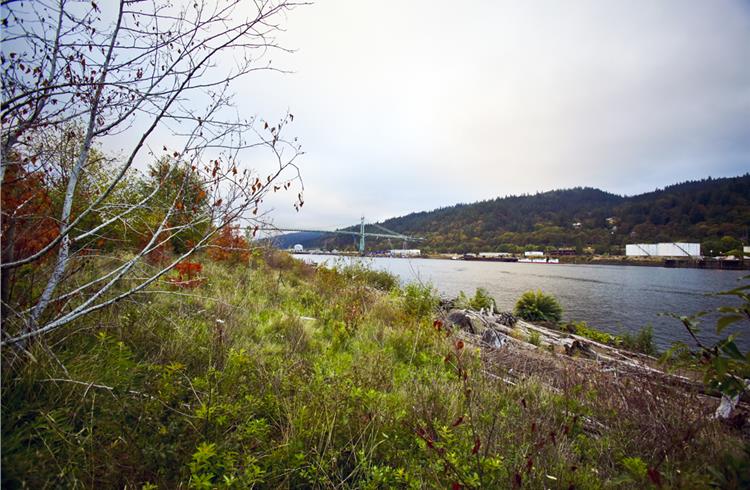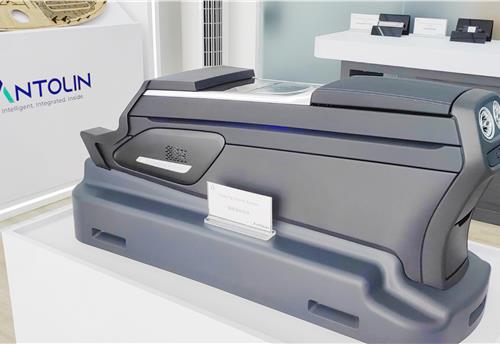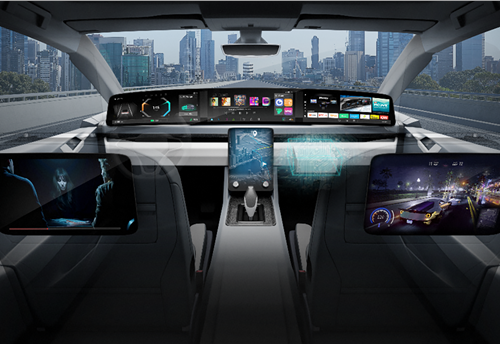Automaker’s watershed effort at US plant
Toyota takes 360 degree approach to water stewardship
Can a stream of effort flow into a river of results? Of course. Proof positive is Toyota’s Portland Vehicle Distribution Center (VDC) in the US. The carmaker redesigned the site at Terminal 4 of the city’s port on the Willamette River in 2004 with a focus on H20.
The facility collects rain water, stores it in a large underground tank and uses it to flush toilets in the main building…saving water. Toilets have dual function flush…saving water. Personnel are trained to clean vehicles in a wash bay (not outside) and to only wash vehicles that have accessories added…saving water.
The VDC – which processes Toyota, Scion and Lexus vehicles for distribution to dealers in 23 states – earned LEED Gold certification. Water conservation, not surprisingly, played a big role.
But environmental efforts extended beyond the building, says Doug Warneke, production supervisor at the VDC. Take, for example, the site’s four-acre bioswale.
The bioswale is a series of shallow ditches that holds water during runoff. Grass and other biomass in the ditches slow the water down, allowing time for particulates to settle out. The ditches also cool water running off the asphalt. As a result, the bioswale helps improve the quality of the water flowing into the Willamette River, helping many species living in and near it. “The bioswale serves as a protected wildlife habitat,” says Warneke. “We’ve seen eagles, geese, ducks, rabbits, coyotes and other critters.”
Other steps Toyota has taken to protect the watershed:
- Installing filters to absorb oil in the parking lot and loading area
- Using vegetable-based hydraulic oil instead of petroleum-based oil
- Using native, drought-resistant plants for landscaping
- Not using pesticides on landscaped areas
- Partnering with Willamette Riverkeeper for annual river cleanup
Team members even test storm water for contaminants quarterly as part of the site’s storm water pollution prevention program. Levels have been consistently low, so the Oregon Department of Environmental Quality allows the company to opt out of monitoring.
“We choose to stay in the program,” says Brent LaFollette, safety and environmental administrator at the facility. “It’s a good way for us to remain vigilant about water quality.”
RELATED ARTICLES
Antolin unveils sustainable tech solutions at Beijing Motor Show
In line with its China market roadmap, Antolin is showcasing its latest advances in lighting, HMI, electronics, and sust...
Visteon wins $1.4 billion in new business in Q1 2024, launches 26 new products
Digitisation of vehicle cockpit megatrend is a key growth driver for Visteon with over $400 million of displays wins; Vi...
BMW uses Catena-X ecosystem using real-world CO2 data to enhance quality
Working together with partners and suppliers, the company has modelled a complete data chain for the first time using re...





 By Autocar Pro News Desk
By Autocar Pro News Desk
 19 Dec 2015
19 Dec 2015
 2389 Views
2389 Views









